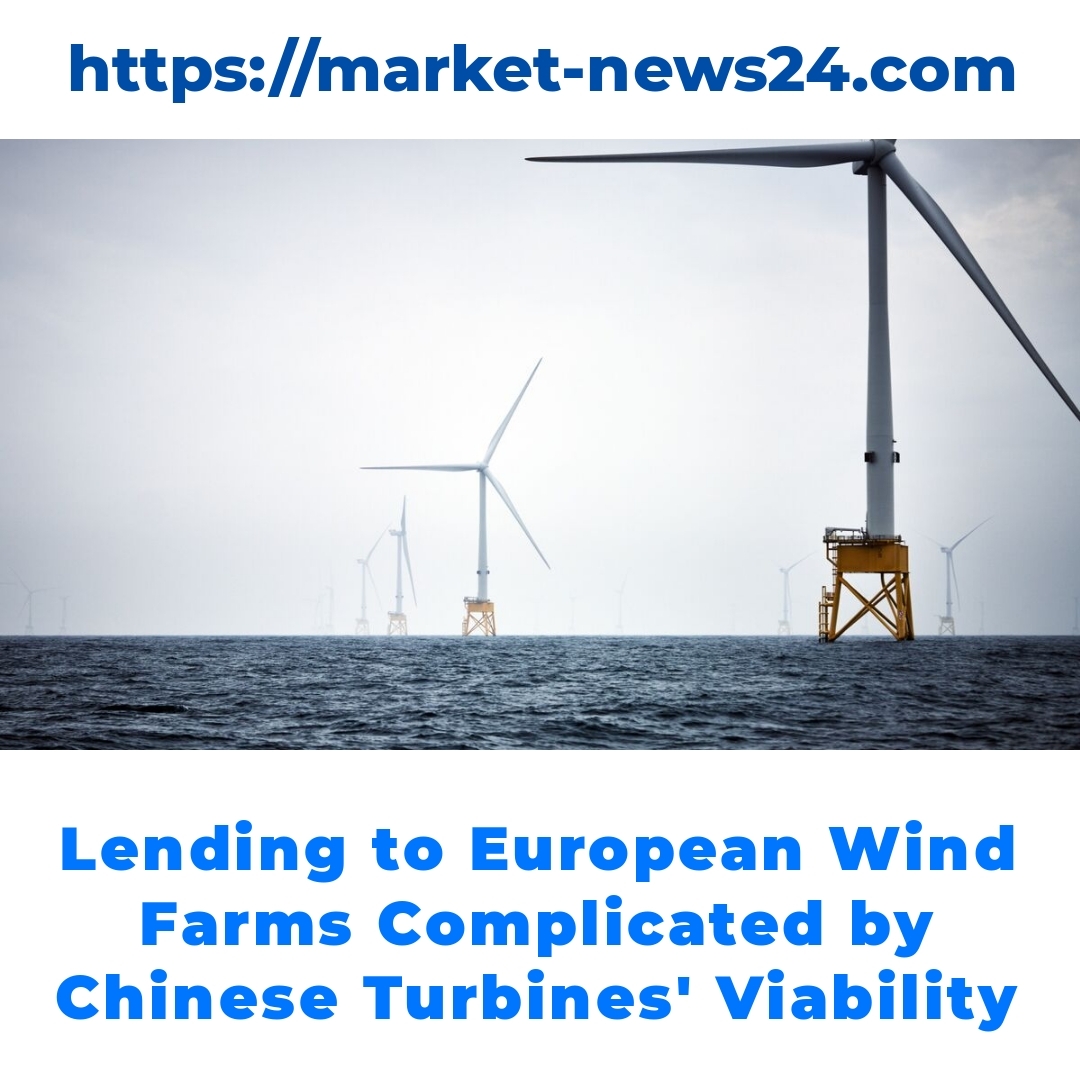The significance of European wind farm financing in transitioning towards renewable energy sources is crucial. Lower costs associated with Chinese wind turbines have drawn significant interest in the sector. This article explores Lisa McDermott’s insights on the implications of choosing these turbines for project finance in Europe.


Understanding European Wind Farm Financing
European wind farm financing is a critical element in the transition towards a sustainable energy future. As countries ramp up their efforts to meet renewable energy targets, there’s a growing need for financial support in the wind energy sector. The current landscape for wind projects in Europe is highly competitive, with financial instruments like loans, grants, and equity investments becoming essential for developers.
To navigate this complex financing environment, project finance mechanisms are key. Financial institutions and investors are increasingly keen on tapping into the green energy market, recognizing the long-term benefits of investing in renewable sources.
The Impact of Turbine Costs on Wind Farm Loans
One significant aspect influencing wind farm financing is the costs associated with wind turbines. Lower turbine costs can make financing conditions more appealing for new projects, and this is where Chinese wind turbines come into play. In many cases, they are cheaper than their European counterparts, which can be an enticing option for project developers.
However, the impact of turbine costs on wind farm loans can’t be overlooked. High-quality turbine investments tend to yield better returns over time, despite the higher upfront costs. It’s essential to carefully analyze financing options for wind farms, whether they utilize traditional equipment or cheaper alternatives from China.
Case Studies of Financing Options
Recent case studies highlight how different financing options affect project success. For instance, some projects using Chinese turbines have demonstrated lower initial costs but encountered challenges related to long-term reliability. Meanwhile, projects utilizing European-made turbines often benefit from enhanced support and potentially better integration with local regulations.
Ultimately, understanding these dynamics makes it easier to assess the impact of turbine costs on financing and return on investment calculations.
The Risks of Using Chinese Wind Turbines for European Projects
While Chinese wind turbines can provide significant cost savings, risks are involved. For one, there are concerns about their long-term reliability compared to turbines produced by established European manufacturers. These worries, compounded by regulatory hurdles, can pose challenges for project developers aiming to secure financing.
Moreover, a thorough comparison reveals that despite lower upfront costs, the greater risk of maintenance and operational downtime may offset initial savings. This can impact lenders’ willingness to finance projects that choose Chinese turbine options.
Reliability and Regulatory Concerns
It’s important to consider the regulatory landscape when evaluating the risks associated with using Chinese wind turbines. For example, European regulations on energy efficiency and material quality can be stringent. This means that any project utilizing Chinese turbines may need to navigate additional hurdles, potentially making them less competitive in the financing arena. Addressing these issues is crucial for the success of wind farm projects.
Project Finance Challenges in Renewable Energy
The renewable energy sector, especially wind power, faces several project finance challenges today. Key issues include fluctuating economic conditions, policy changes, and varying levels of commitment from investors. According to Lisa McDermott at ABN AMRO Bank, while there is enthusiasm for financing wind farms, cheaper imports like Chinese turbines come with barriers that discourage such investments.
McDermott emphasizes the importance of maintaining sustainable practices in financing. These not only ensure compliance with regulatory requirements but also foster long-term collaborations that are vital for future project success.
Green Energy Financing Strategies
To counteract these challenges, alternative green energy financing strategies are gaining traction. Innovative financing models, like community investment initiatives and green bonds, are being explored by financial institutions aiming to support European wind farms effectively.
Additionally, government incentives, such as feed-in tariffs or tax credits, play a critical role in making projects more attractive to investors. This supportive framework can tip the scales in favor of financing projects that show promise in terms of sustainability and profitability.
Conclusion
In summary, the intricacies surrounding European wind farm financing reflect the complex interplay between cost, reliability, and sustainability. While Chinese wind turbines offer enticing lower costs, the potential risks cannot be ignored. Stakeholders, including investors, developers, and policymakers, must work collaboratively to create viable solutions that enhance project financing for renewable energy sources.
By prioritizing reliable technology and ethical financing practices, Europe can continue to lead the charge in the renewable energy revolution.
References
– Market reports on wind energy financing.
– Quotes and insights from Lisa McDermott, ABN AMRO Bank.
– Relevant studies on wind farm investments and turbine costs.
Additional Resources
– Links to articles on wind farm financing.
– Information on renewable energy investment trends.
– Best practices in infrastructure finance.
What are the main financial instruments used for wind farm financing in Europe?
The main financial instruments include loans, grants, and equity investments. These tools are essential for developers looking to fund their wind energy projects.
How do turbine costs influence wind farm loans?
Lower turbine costs can lead to more favorable financing conditions. However, while Chinese turbines may be cheaper initially, higher-quality European turbines often yield better long-term returns, making it crucial to analyze financing options carefully.
What are the risks of using Chinese wind turbines for European projects?
- Concerns about long-term reliability compared to established European brands.
- Potential regulatory hurdles that may arise.
- Maintenance and operational downtime risks that could undermine initial cost savings.
How does regulation impact financing for projects using Chinese turbines?
European regulations on energy efficiency and material quality are strict. Projects using Chinese turbines might face additional challenges, which could affect their competitive edge in securing financing.
What challenges does the renewable energy sector face in project finance?
Key challenges include:
- Fluctuating economic conditions.
- Policy changes that affect funding.
- Varied levels of investor commitment.
What are some innovative financing strategies for green energy?
- Community investment initiatives.
- Green bonds to raise capital.
- Government incentives like feed-in tariffs and tax credits to attract investments.
Why is sustainable financing important for wind projects?
Sustainable financing ensures compliance with regulations and helps build long-term partnerships, enhancing the likelihood of project success.





